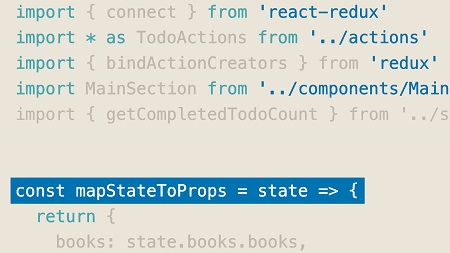
English | MP4 | AVC 1280×720 | AAC 48KHz 2ch | 1h 09m | 207 MB
Choosing the right state management solution can be tricky. Developers need to evaluate a variety of options—each with their own trade-offs—and select the right approach for their needs. In this course, instructor Sravanti Tekumalla helps you navigate this process, exploring the guiding principles behind state management for React applications. Sravanti digs into various state management solutions, as well as common issues you may encounter as your React application grows more complex. Throughout the course, she lends these concepts a real-world context by showing how to modify a simple book application. She also covers how to integrate React with state management systems like Redux and explores alternatives to Redux, such as MobX, and why they might be appealing.
Topics include:
- Today’s state management landscape
- When to use a state management system
- Avoiding the pitfalls of prop drilling
- Using the Context API
- Implementing Hooks
- The evolution of state management
- The benefits of Redux middleware
- Using MobX and apollo-link-state
Table of Contents
Introduction
1 Choosing the right state management solution
2 Setting up your environment
3 The state management landscape today
Existing Solutions in React
4 Avoid prematurely adding state management packages
5 The power of setState()
6 Data fetching only using React
7 Avoiding the pitfall of prop drilling
8 Defining Context
9 Using the Context API
10 Implementing Hooks
11 React Hooks Refactoring
The Evolution of State Management
12 The Flux wars The beginnings of Redux
13 You don’t need Redux
14 Redux feature
15 Redux feature container
The Benefits of Using Redux
16 Immutability out of the box
17 Benefits of Redux middleware
18 Debugging with Redux
React and Redux Alternatives
19 MobX The object-oriented approach to state management
20 Apollo Link State Integrating state management with GraphQL
Conclusion
21 Next steps
Resolve the captcha to access the links!